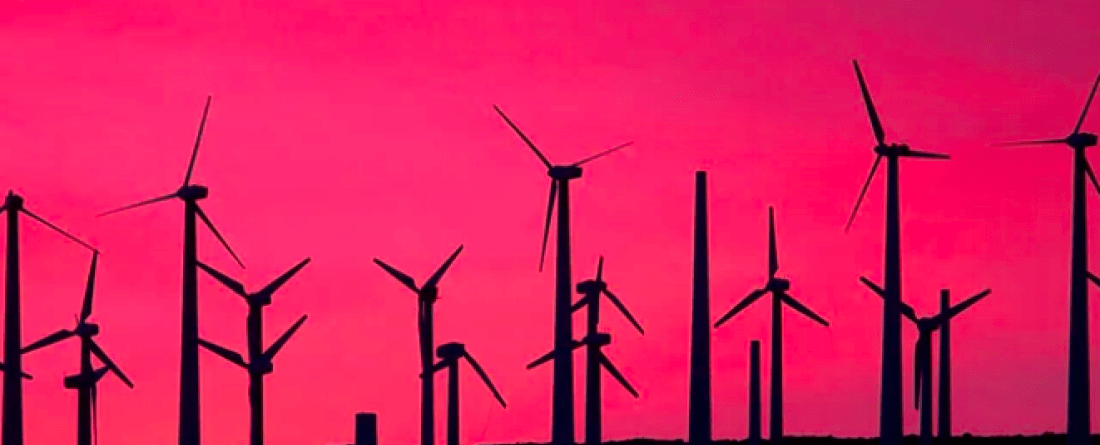
As the world begins to emerge from COVID-19 lockdowns, it’s time to tackle our next imminent global challenge: climate change. The roadmap comes from the playbook of an unlikely champion: President Dwight Eisenhower. As the architect of D-Day, Eisenhower had a simple principle for extracting success out of intimidating and seemingly intractable challenges: “Whenever I run into a problem I can’t solve, I always make it bigger. I can never solve it by trying to make it smaller, but if I make it big enough, I can begin to see the outlines of a solution.”
Despite significant challenges, the good news is that the world has been presented with a rare moment — an alignment of political, economic and social forces that create a real opportunity to apply Eisenhower’s approach to climate change. Seizing global success rests on rapid and significant action by the United States to reframe and expand our national climate strategy to a comprehensive, all-of-society approach, and in doing so to set a big, ambitious, catalytic and achievable goal to cut our emissions in half by 2030.
The key to our reframing and seizing this critical moment in history rests on a process currently underway in the United States to reassess and expand our national climate strategy to this all-of-society approach. We can aim to “make it bigger” by setting an ambitious and achievable goal to cut our emissions in half by 2030 and signaling to the world that we are tackling climate change head-on. In doing so, we ensure a future we all want — with increased economic vitality, better technologies and standards of living, as well as broadly shared benefits to health, livelihoods and our human well-being.
This rapid transformation is possible because of three critical and recent developments that allow us to expand the scope of our vision for what is possible and to reframe our approach. First, technologies for achieving success are now available at massive scales, at low cost and often with better performance than older technologies. For example, clean energy is now cheaper than fossil energy in many places. Costs for solar have dropped a staggering 82 percent in the past decade and costs for batteries that power electric vehicles have dropped 89 percent.
Second, Americans are ready for change. The past few years have generated a remarkable groundswell of action from states, cities, businesses, communities of faith and investors to tackle the most pressing aspects of climate. My work with the America is All In initiative demonstrated that these actors together represent roughly 70 percent of U.S. GDP — equivalent to the world’s second largest economy and approximately the size of China’s. The Biden administration must carry forward this momentum to take an expanded “all of society” approach seriously. These steadily accelerating, sub-national actions not only tell a story not of diverse interests driving down U.S. emissions, but also, perhaps more importantly, of the traditional harbingers of rapid and fundamental change in America — a country that changes best and most quickly not from the top down, but instead from the bottom up
Third, these tailwinds suggest that further emissions-cutting success is possible. The subnational actions of recent years and continued drops in technology costs have created a stepped-up basis for accelerated action. As just one example, our America is All In analysis showed how subnational actions plus renewed federal actions could cut emissions by roughly half by 2030, and complementary analysis from my research team at the University of Maryland has recently shown that a policy platform consisting of new federal infrastructure investment, clean energy tax credits and other incentives such as electric vehicle “cash for clunkers,” could provide a pathway to U.S. emissions reductions of 51 percent below 2005 levels by 2030. Other studies have shown similar results — illustrating multiple robust pathways to achieving a 50 percent reduction.
The goal to cut emissions by 50 percent by 2030 is a clear-eyed reflection of the new reality of climate action in the United States: Reframing emissions reductions as no longer the end in and of itself, but rather a beneficial outcome of a deeper economic transformation, pursued because diverse actors across the country have already identified such change as positive and worth prioritizing. With an all-of-society approach, the U.S. can deliver not only a remarkable level of action domestically, but also can catalyze a higher global response that can get the world on track toward solving the climate crisis.
Nate Hultman is the director of the Center for Global Sustainability at the University of Maryland. He worked in the Obama White House on the first U.S. national climate target under the Paris Agreement and has for the past few years led analysis for the America’s Pledge and America is All In initiatives.
